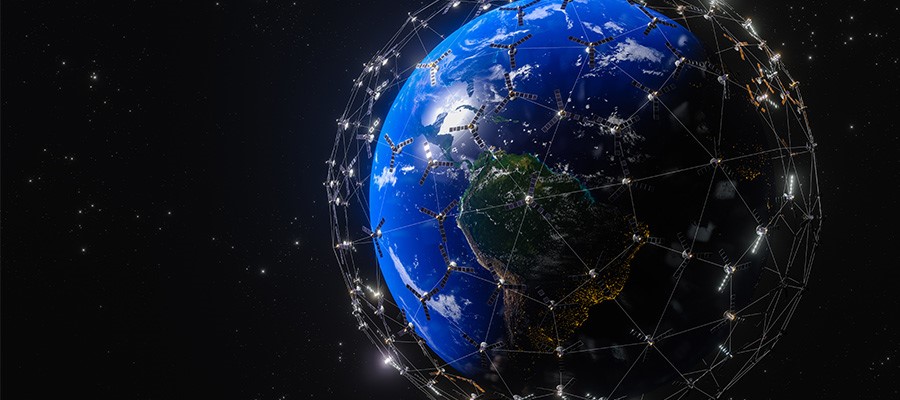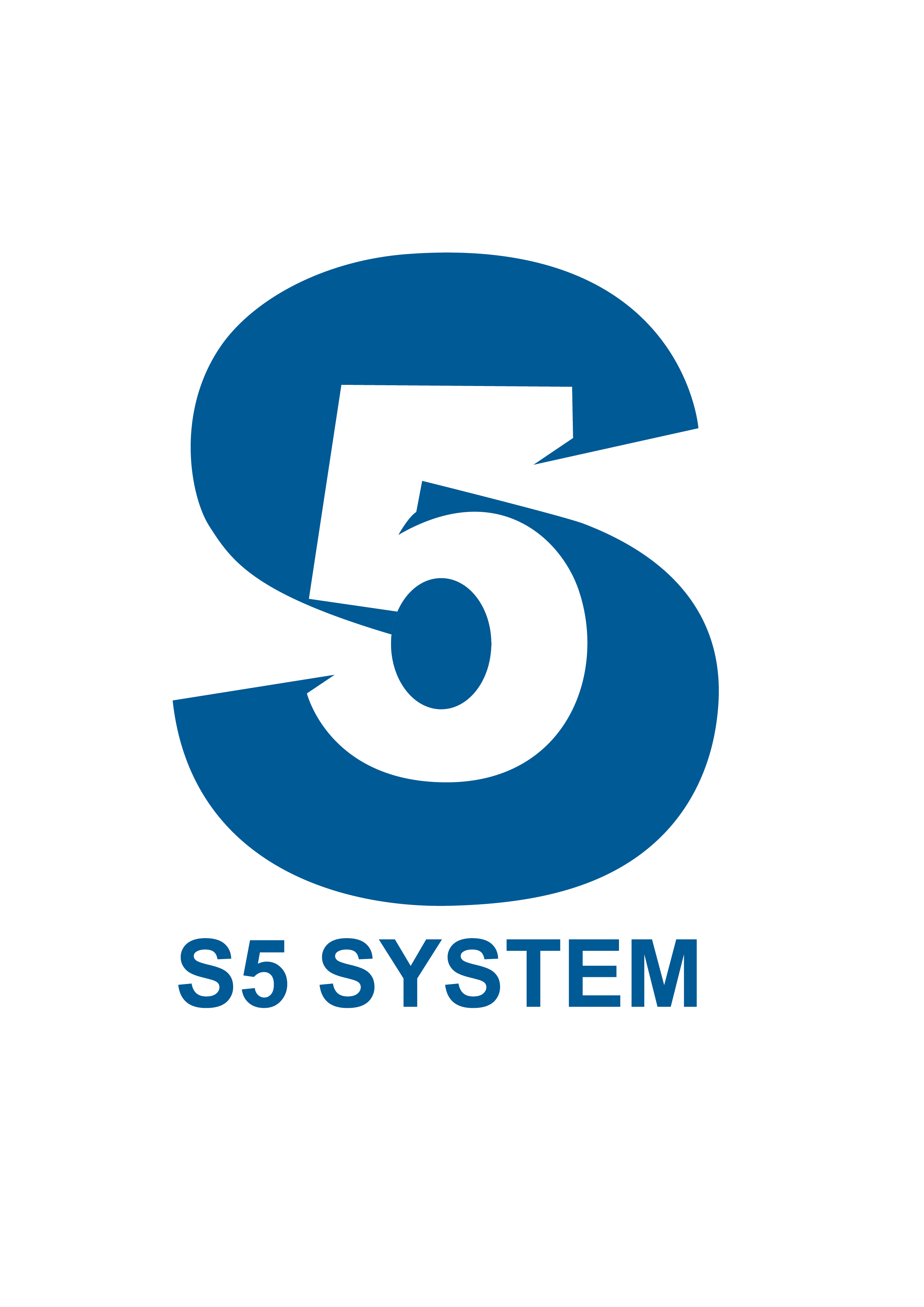DISCOVER THE MOST PROMISING TECHOLOGIES IN 2022.
In 2020, global spending on the Internet of Things totaled $749bn. By 2023, this figure is expected to reach $1,100bn. The increased interest in smart things has arisen because people’s minds are open to the many benefits that IoT devices can bring to their lives like home helpers, enhanced security, and innovative ways to access information.
Simply following the Law of Supply and Demand, it is no surprise that companies are investing more to develop intelligent products. In this article, we will look at IoT technologies trending in 2022. We will consider the current and upcoming trends under different IoT categories. Also, we will outline which IT specialists you need to hire to implement IoT-related projects.
5 IOT TECHNOLOGIES TO BE USED IN 2022
Let’s start with the technologies that moved from the nice-to-have to the must-have category. As of today, they are not something radically new but rather a growing necessity in terms of global innovation and raised customer expectations.
AI AND ML
In 2022, IoT-enabled devices will become more autonomous in making decisions. They will be able to understand customers’ needs and adapt to situations through machine learning and self-education. Examples of such things are already in place, like intelligent self-driving cars, stock-monitoring robots used in warehouses, and smart home devices that remember customers’ preferences.
BLOCKCHAIN
Blockchain is a way of distributing information across multiple units, making it impossible to delete or edit a single piece of valuable data. For IoT networks, this approach means increased safety and protection of sensitive information. Also, blockchain technology will help things work in more stable conditions without the downtime and freezes inherent in standard data storage.
EDGE ANALYTICS
Edge analytics means collecting data straight from a device at the edge of the corporate network before sending it to the cloud. This approach allows companies to reduce the information flow and filter out the data that needs to be stored on an external or local server. Edge analytics helps companies increase the devices’ speed and respond faster to likely failures. For example, if system sensors detect a product malfunction, they can automatically disconnect the device and report it to the manufacturer.
CLOUD COMPUTING
Cloud computing has long been one of the must-have components of the IoT technology stack. It helps to quickly deploy the infrastructure for an IoT project and use the most advanced tools on demand. With cloud computing, you can save time and money on setting up local infrastructure and easily scale a project as it grows and evolves. At the moment, the major players in the cloud computing market are AWS and Microsoft Azure.
IOT PLATFORMS
An IoT platform is software designed to connect sensors, controllers, and other devices to the cloud and remotely access them. Suppliers and manufacturers of smart devices actively use IoT platforms to equip their products with various functions like:
- remote control
- real-time monitoring
- alerts and notifications
- integration with smartphones and other devices
- etc.

SOFTWARE IOT TECHNOLOGIES TO REVOLUTIONIZE THE WORLD
Now let’s take a look at the upcoming IoT software technologies list that will make things even more advanced and intelligent. Even though the technologies introduced here are not as mature as those we reviewed above, their increasing usage indicates compliance with market needs and the correct vector of development.
IOT MARKETPLACES
Imagine you have come to the market to buy some fruits and vegetables. There are many sellers and products, so you have a lot to choose from. Things work the same way with an IoT marketplace where you can find plenty of IoT solutions. They are developed for the different market segments, using the latest technologies in IoT, to help you deploy smart apps and adjust appropriate software and hardware.
DIGITAL TWINS
A digital twin is a software analog of a physical device that simulates the internal processes, technical characteristics, and real object behavior. An important feature of the digital twin is that it uses information from the sensors of a real device. Also, it can work both online and offline, which helps optimize business processes faster and more efficiently.
CONTAINER SECURITY
New IoT technologies affect mastering hacker skills, so the need to strengthen software security arises. Containerization enables running an app and the system libraries in a container that connects to the host via a special API. In such a manner, it abstracts an app from the environment where it actually runs and gives extra protection from external attacks.
REAL-TIME DATABASE
A real-time database can work with ever-changing data states and a continuous information flow. This is a win-win solution for smart things because the devices’ sensors constantly transmit information that should be monitored and recorded on the go. So, unlike a static database, the real-time database can re-record the specific state of data while keeping a history of the changes.
FAAS
FaaS (function as a service) is a relatively new concept that means the possibility to execute chunks of code on the go outside a server. FaaS is also defined as serverless architecture. It allows developers to write and update pieces of code in real-time, so users do not need to update the app to see the changes. FaaS is one of the most exciting technologies used in the Internet of Things because it helps improve products without disturbing the user experience.

5 HARDWARE IOT TECHNOLOGIES TO REVOLUTIONIZE THE WORLD
In 2022, IoT technologies are not just about software. They are also progressing through hardware innovations that make things even more intelligent and user-oriented. Let’s look at the top 5 IoT hardware technologies that are trending now.
NON-VOLATILE MEMORY
Non-volatile memory (NVM) is capable of retaining data even after a power outage. However, it has a low speed compared to volatile memory. In 2022, these differences are expected to become more blurry. NVM is expected to work faster, which means making the Internet of Things less dependent on power consumption.
APPLICATION-SPECIFIC INTEGRATED CIRCUIT
Many modern MCU (microcontroller unit) architectures cannot deal with the power volume imposed by IoT nodes. That is why developers search for a broad spectrum of energy-saving approaches. One of them is ASIC or application-specific integrated circuits. In simple words, it is a dedicated hardware approach used to avoid the power consumption of general-purpose MCUs.
NEURO-SYNAPTIC CHIP
This type of chip can imitate some functions of the human brain. This means it can solve cognitive tasks: recognize patterns, process sensors, learn, and understand human preferences. In the context of IoT, this technology is of great importance because it enables the implementation of many IoT applications. The easiest one is to make smarter home robots that adapt to the customers’ needs.
SMART SENSORS
Smart sensors can, not only receive data from the outside but also, perform specific actions if certain conditions are met. In such a manner, they speed up the response time to critical situations bypassing the stage of transferring information to the database. For example, a temperature sensor can immediately alert the production machine operator about overheating and shut it down.
ENERGY HARVESTING FOR LOW POWER IOT DEVICES
In the coming years, developers will be looking for alternative energy sources to charge smart devices. With their help, they will cut energy costs and let devices operate regardless of battery or electricity grid power. The most promising energy source now is solar energy.
It is simple enough to install a solar battery to charge your device.

5 IOT CONNECTIVITY TRENDS
In this section, we will review emerging technologies used to connect hardware components of IoT networking. While WiFi and Bluetooth have become common words for modern users, eSIM, 5G, WiFi6, Network Virtualization, and LiFi are relatively new wireless tech concepts. So let’s consider them in more detail.
ESIM
An eSim, or embedded SIM, is a virtual version of the SIM card used for cellular connection. The distinctive feature is that it is built into the device at the factory, and the necessary settings are set through special software. An eSIM usually comes with a worldwide roaming contract. The technology enables many IoT applications, such as intelligent translators, connected vehicles, navigation systems, and more.
5G
5G is a new generation of wireless data transfer methods, which makes device connectivity faster, smoother, and more secure. Compared to its 4G predecessor, 5G supports ten times more connected devices, which means up to a million units for one square kilometer. Such powerful capabilities open wide opportunities for IoT networking by lowering latency and increasing UX (user experience).
WIFI6
WiFi6, also known as 802.11ax, is the next generation of WiFi and another step towards continuous innovation. With WiFi6, businesses and service providers can support new apps on their existing wireless local area network (WLAN) infrastructure while running older apps at a higher level. This scenario opens up opportunities for new business models, IoT applications, and increased adoption of WiFi.
NETWORK VIRTUALIZATION
Network virtualization allows the creation of virtual networks and network functions without being tied to physical infrastructure. It helps overcome geographical limitations and reduce equipment costs. Besides, virtual network tools speed up the network resources initialization and shorten device response time, which means faster connectivity and better device performance.
LIFI
LiFi (Light Fidelity) is an emerging data transfer technology that may shortly replace WiFi. It uses light to send data embedded in its optical beam. Devices that support LiFi convert the beam into an electrical signal, and then this signal is converted into data. LiFi is cheaper and faster than WiFi so that it can make the manufacturing and usage of things more affordable.
WHAT SPECIALISTS DO YOU NEED FOR IOT DEVELOPMENT?
IoT development is growing exponentially. Things surround us in everyday life, at work, in a store, in an office – everywhere. Huge demand creates growing supply, so more and more companies are mastering smart technologies to occupy different niches of the IoT market. In turn, IoT customers are becoming more finicky. They look for the highest quality IoT products to meet their growing needs and expectations.
That being said, it is natural that IoT specialists become in high demand. Organizations hunt for experts at the top of their field: specialists who are aware of all the nuances and pitfalls of IoT development and can deliver a top-notch product on time. The search for such specialists is complicated by the fact they need to have a broad knowledge and deep expertise in many areas, such as:
- Machine learning and Artificial Intelligence
- Big Data collecting and analytics
- Secure Software Development Lifecycle (SSDLC)
- Cloud computing
- Connectivity technologies
- Software and hardware development.

